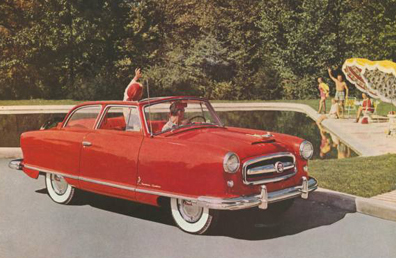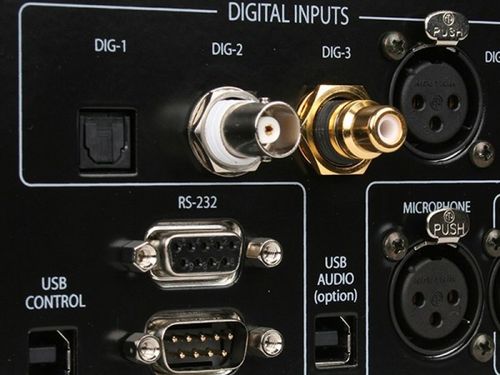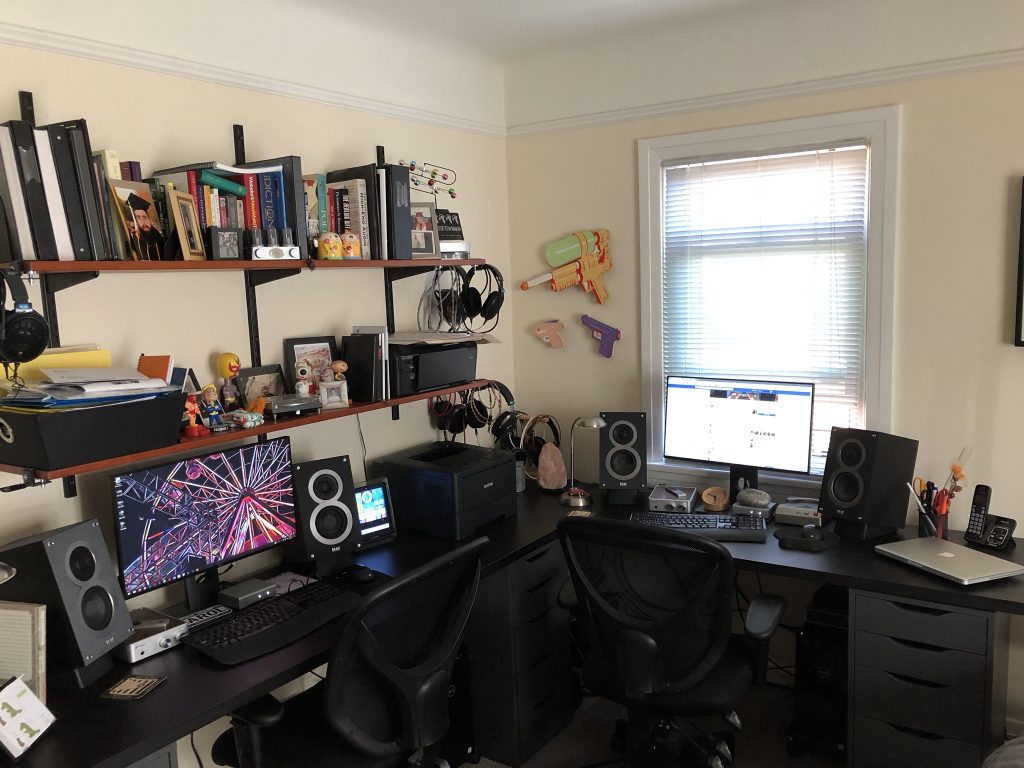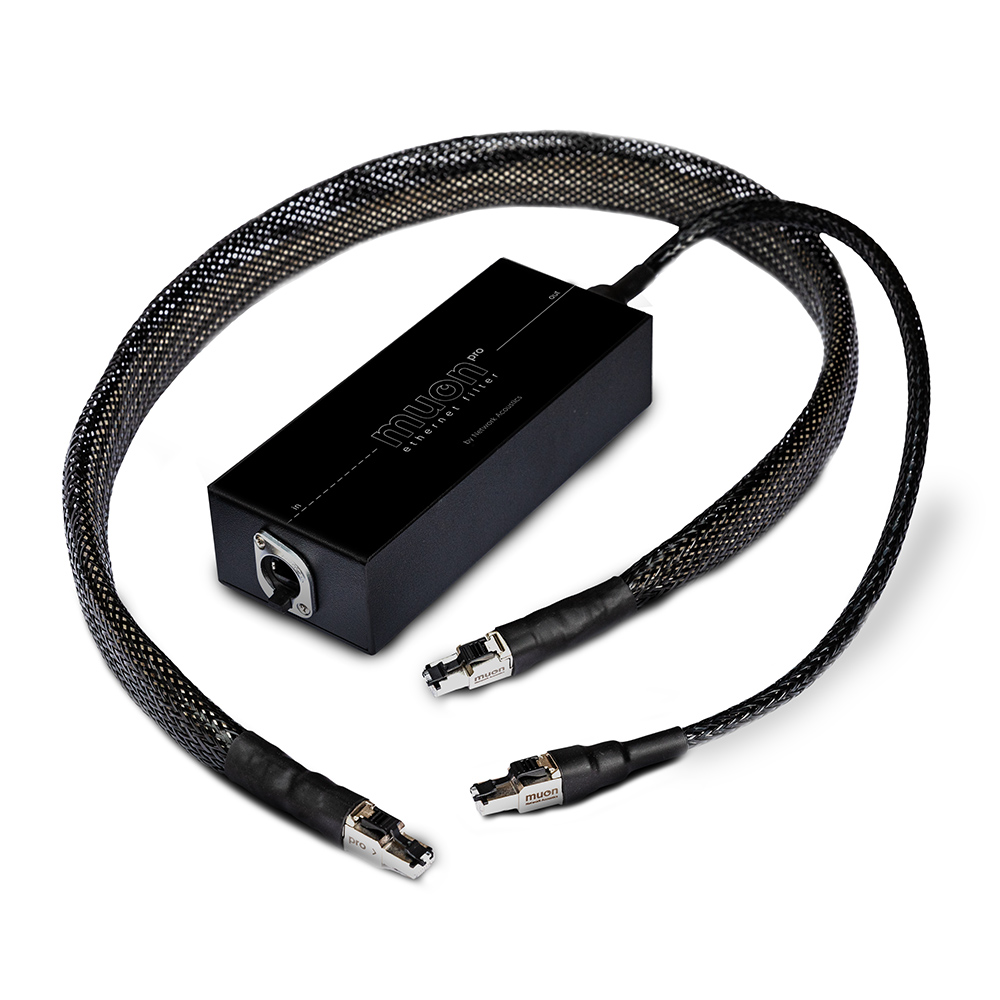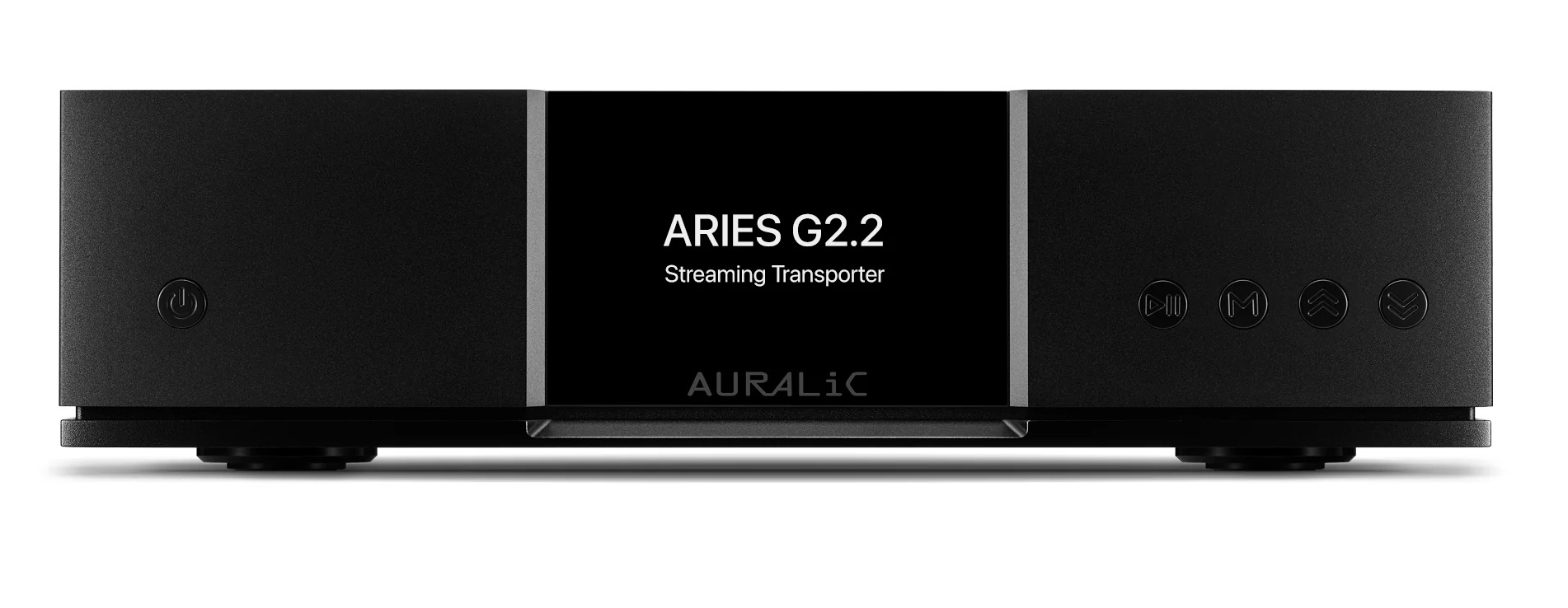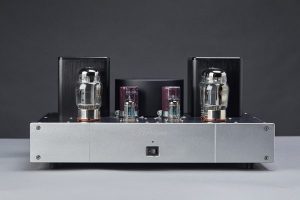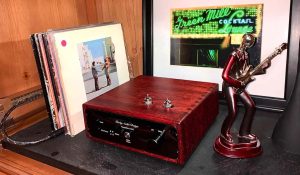I wrote a rather extensive review relating my experience with the DEQX Mate in Issue 67 where I quite succinctly reported how wonderful the unit was in making ALL things better with respect to my music.
While you are certainly welcome to read the whole review, the key to what the DEQX does when properly set up is …
“…what the DEQX does is create a great presence and separation—in all respects. Instruments become more believable and there. There as in the sense of being there before you… clear and out in an open and 'cleanly' delineated space. Images or instruments are no longer submerged in a messy tangle of musical chairs. Switch to Bypass and you get the 'before it was so great and this is what I am used to hearing music' which is now heard as this tangled mess of obscure images lacking a clear tonal presence or clarity. It sounded great prior - man people love my system—but in comparison… there is little comparison. This is me hearing the timing errors being addressed—the various frequencies are now arriving together and are quite happy as a single cohesive entity. Clear, articulate… yeah, it does take a bit of time to let it all sink in… but man, images are there, whatever sounds more like what I think it should sound like, the soundstage is open and clean… and the bass is more articulate, defined, tactile, and whatever while still being the thing that makes my music live.
I have extension at either end, combined with air and tonal definition… it all sort of emerges and engages you in a way that I had never expected… nor thought of desiring. I mean, I thought I had it right… had it all. The DEQX removes so much crap… it is scary how the music is just there with nothing to hinder its presence or clarity. Well not scary really… but clearly a startling difference. One that is a positive difference.”
And that…
“The soundstage is now in focus; there is clarity and separation with spot on localization of whatever is happening wherever. Via Bypass, the soundstage seems to be as big, but is now spatially diffused and confused. Images lack that clarity and presence. Sure, you thought you had it all before, but with the DEQX you quickly realize how dazed and confused your music had been prior. Much like how you have your home decorated, the furniture arranged; it is comfy and what you are accustomed to… it is right, it is what you know and have accepted as the way things are… the way things should be. But then the DEQX rearranges the furniture making it new again, adds light to the darkness, and brings items that were hidden, out once again so you can enjoy them anew. While the room is familiar to you, it is fresh and new. That is what the DEQX does to your music. It makes it fresh and new!”
Now that was with the Mate, the “entry” DEQX product that slips between your preamp and amplifier. The PreMate, the product that follows next as one moves up DEQX hierarchy, removes the preamp from the equation, much like the more complex DEQX HDP-4 or the HDP-4 Express, offering both digital and analog inputs.
What you gain is one less component, one less set of interconnects, and one less power cord – all which means a lot less to do whatever they could do to either muck things up, or in their own way, add something ‘flavorful’ to the sonic mix. The PreMate is now your preamplifier (and DAC if you so choose) which also means that the need to set the volume on your preamp – when using the Mate to do what it does (too high and things can overload, too low and you aren’t getting all you should) – is also one less thing to worry about. Not so much a worry, but the volume or the output on your preamp when using the Mate has to be set for whatever the source is at the time – phono means a bit more than what works for other sources (say digital that has a higher gain). As someone who can’t rest unless everything is just right (yeah I am one of those who can fret and fret…), this made my time listening to music that less fretful and that more relaxful.
So what did I experience with the PreMate over that with the Mate? Simply put, less stuff, more music… and easier to use. It is set up the same as the Mate, meaning we just moved my previous Option settings or calibrations from the Mate to the PreMate and viola I am off and running. Running to play more music. Loved what I heard. Not that I do not love what I get with the Cary SLP-05 in the chain – the added bloom of tubes is difficult to give up – but the presentation was just so much cleaner; a lot less to add a sonic signature to the sound. Of which that is simply what the PreMate does; less signature - other than the calibrations - and more music.
Using the PreMate as a DAC (USB or S/PDIF) was also quite engaging. I found little if anything to toss a hammer at in terms of what was either subtracting from or adding into the music by bypassing the Playback Design MPS-5 and the rather elaborate and yet oh, so musically wonderful chain of items I use to get the bits from my MacMini. No doubt while this chain does what it does quite well with the PD unit, it is not needed with the PreMate. The PreMate’s USB input supports sample rates from 16bit/44.1 kHz - 24bit/192 kHz, is asynchronous, avoids the 5v power connection to computer as it is powered internally from ultra clean DEQX power supply, has an I2S interface to eliminate conversion to S/PDIF and reduce jitter, and possess independent regulated clocks. The USB input on the PD 5 is a rather generic unit so I use the S/PDIF input, but to get the best sound, I have to go through a lot of devices and cables. Actually, all the widgets I use to get bits from the MacMini to the PD player are used to address all the things the PreMate’s USB was designed to fix. So while using that chain to reach the PreMate’s S/PDIF was quite good, skipping all that and going straight into the PreMate’s USB input came across as having more of that less quality. Here one could hear how effective the USB input on the PreMate is in doing what needs to be done to make the music music… way sweet. Even so, the PD-5 is clearly a better DAC which should not be of any surprise.
Now by better, I mean that the PD-5 was more resolving, liquid, and extended at either end with musical ease. To steal from my friend Art Dudley, the PD-5 had a greater sense of touch. More texture… just more. Of course these differences are rather moot unless you have a PD-5 unit sitting around to compare to anyhow (the PD-5 runs a good $15k too)… even so, in the end, the PreMate was just so good that I was not chomping at the bit to get either the PD-5 back into the system, nor the PreMate out. The PreMate is that good as a DAC. The music is clean, articulate, grain-free, extended, palpable, loads of texture and space… it is damn good. But it is also a preamp… and corrects for speaker and room issues. And that is its core mission. It does it very well letting you hear the music and none of the crap that can obscure its presentation or hinder your enjoyment. And it is only $4995.




